*글 하단의 '한국어 텍스트 다운로드'를 클릭하면 원문을 확인할 수 있습니다.
Yoo Youngkuk is an artist widely known for his sincere commitment to a world of pure abstraction. In Work, harmony and contrast of line, plane, and color all coexist, leaving behind a strong after-image.
Yoo Youngkuk (1916-2002) spent his entire life quietly building an “abstract” world all his own. In an age of extreme historical turbulence, through Japanese colonial rule and even the Korean War, Yoo remained steadfast, dreaming only of the true beauty that might be found in “the abstract.”
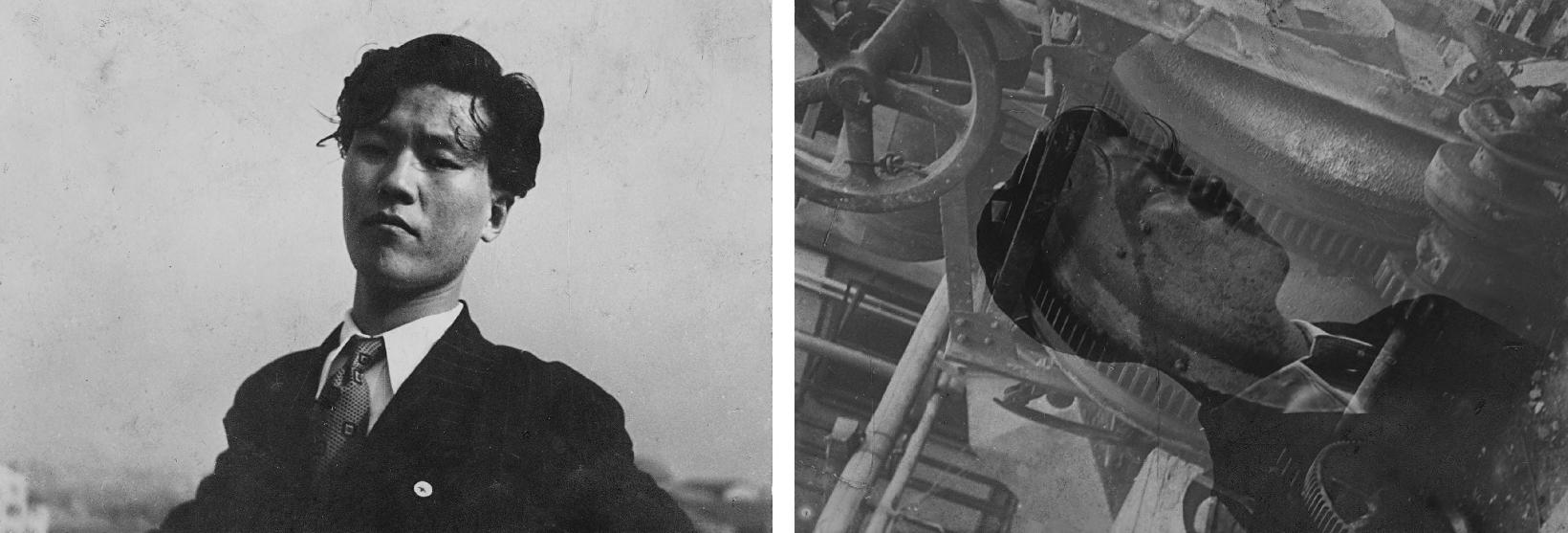
Yoo’s father had a fervor for education, and sent most of his children, including Youngkuk (his third son), to study in Seoul and even abroad to Tokyo. The artist enrolled at Gyeongseong Secondary School in 1931 but dropped out after four years eventually matriculating at Bunkagakuen University in 1935. Two years after he began studying art in earnest, Yoo made his first forays into abstract art and never looked back. Indeed, his passion for abstract art never flagged, even up to the final piece he ever made. The reason he had chosen art to begin with, he once explained, was that he “wanted to live freely, without interference.”
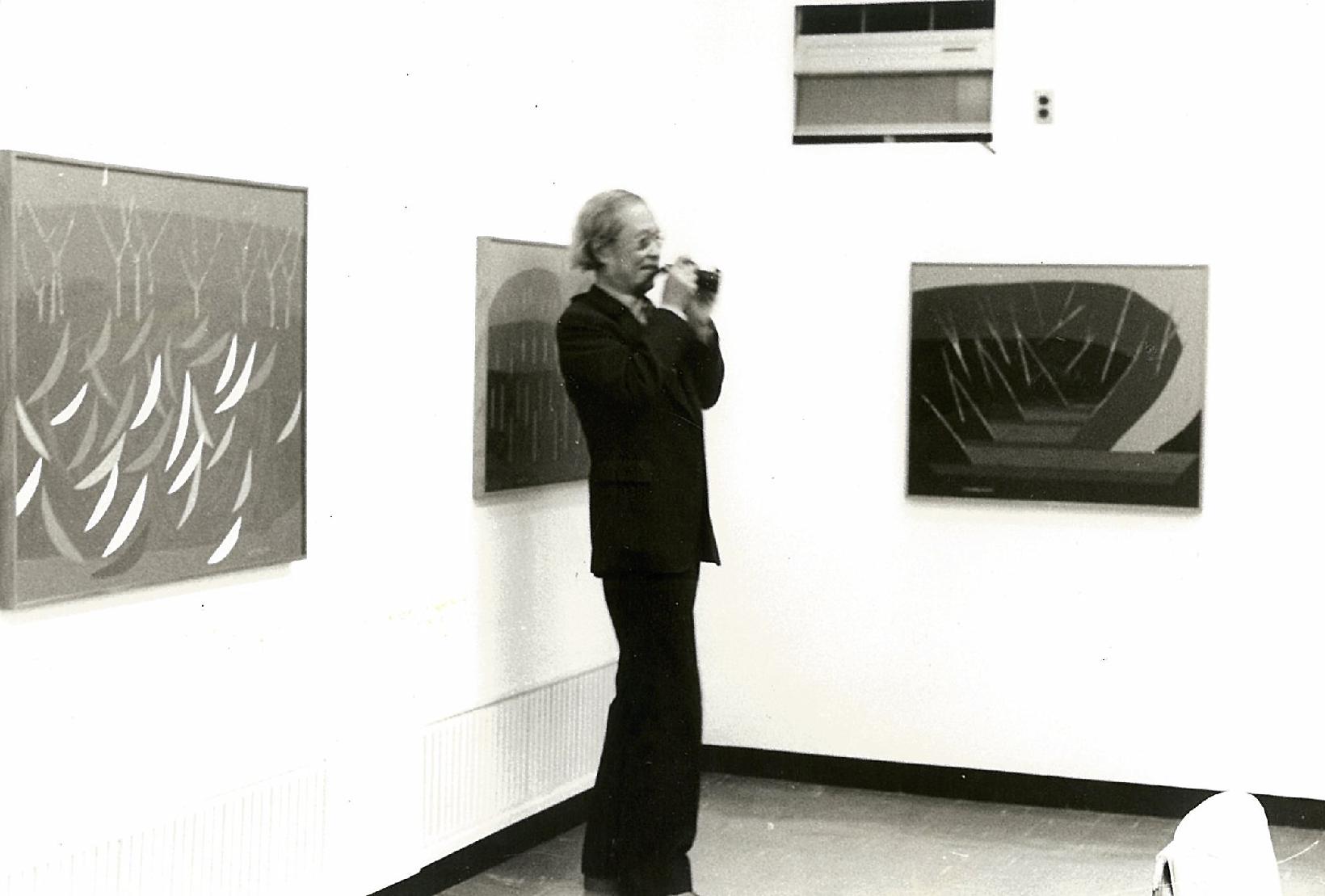
During his time as a student in Japan, from the 1930s through the mid-1940s, Yoo ventured into the realm of avant-garde and experimental reliefs and photographs, but the outbreak of war forced him to take a hiatus from his creative work. In 1951 Yoo took over and renovated his father’s brewery. A tenacious businessman, Yoo was able to secure a supply of the necessary raw materials to produce the alcohol, and used the leftover waste from this process as feed for the pigs he raised. Combining his business acumen with his artistic talents, Yoo saw some great success, such as one soju he named Manghyang after the French film Pépé le Moko (1937), directed by Julien Duvivier—and for which he used a logo of his own design.
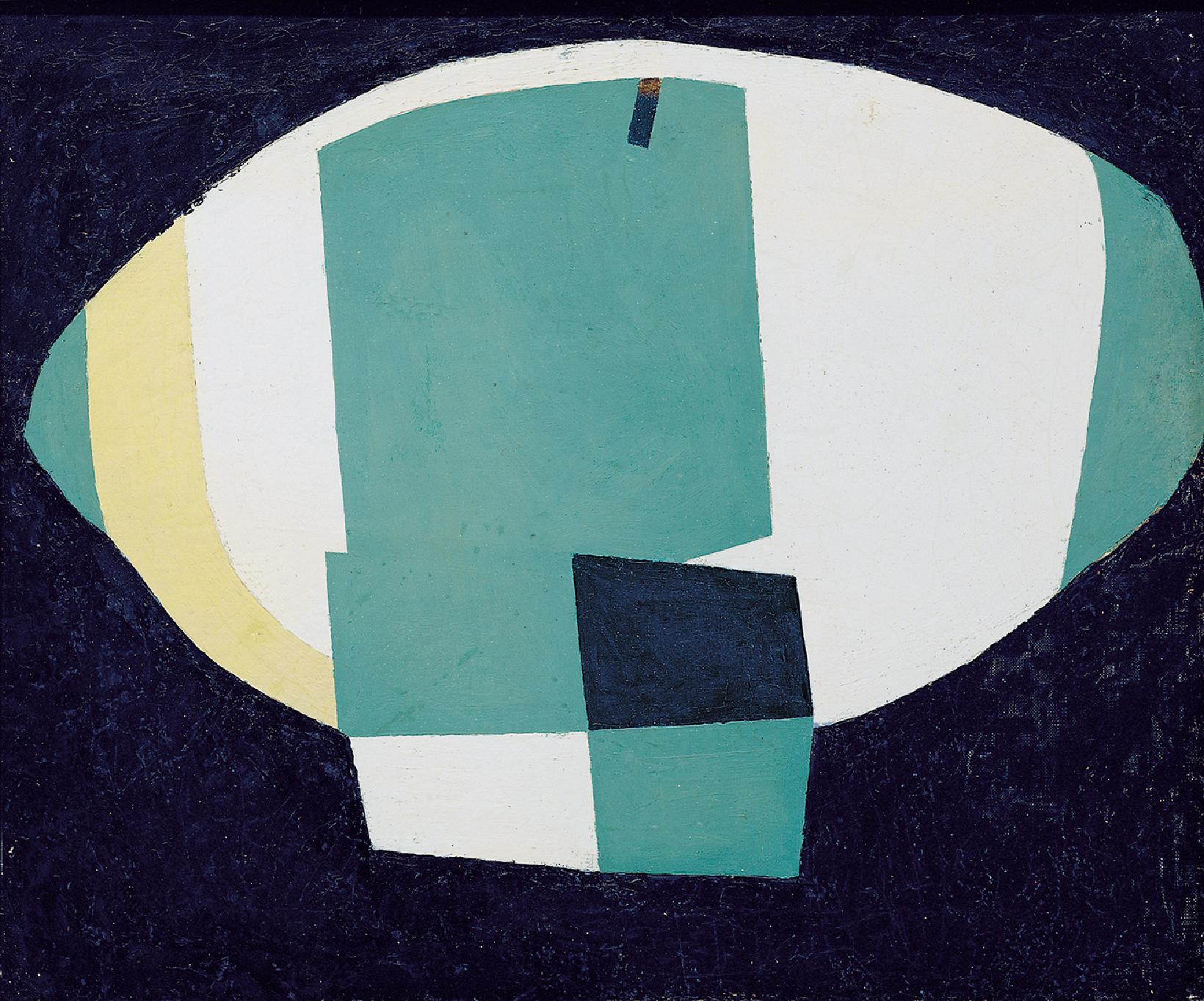
From the mid-1950s, Yoo started actively pursuing his own vision of a world of abstraction. Beginning with his participation in the first annual Modern Art Association Exhibition in 1957, which was built, in turn, around the founding of the New Realism Movement, Yoo produced works like Mountain, Mountain and Cloud, and Lake, moving the state of Korean “modern art” forward. From the mid-1960s, Yoo embraced the figure of the ‘mountain’ as his primary subject, and began experimenting with an abstract vocabulary of line, plane, and color. Defining the essence of a ‘picture’ as the kind of visual vocabulary that can expose the truth behind the surface, the artist explained: “Abstract paintings are also just pictures that harness line, plane, and color as the basic elements used to achieve balance and harmony, to capture a certain rhythm. It is easier to explain if we compare it to music. The way one might use a high note to break the tedium of a basic structure — this is the same way one might deploy a particularly strong color in a painting.”1)
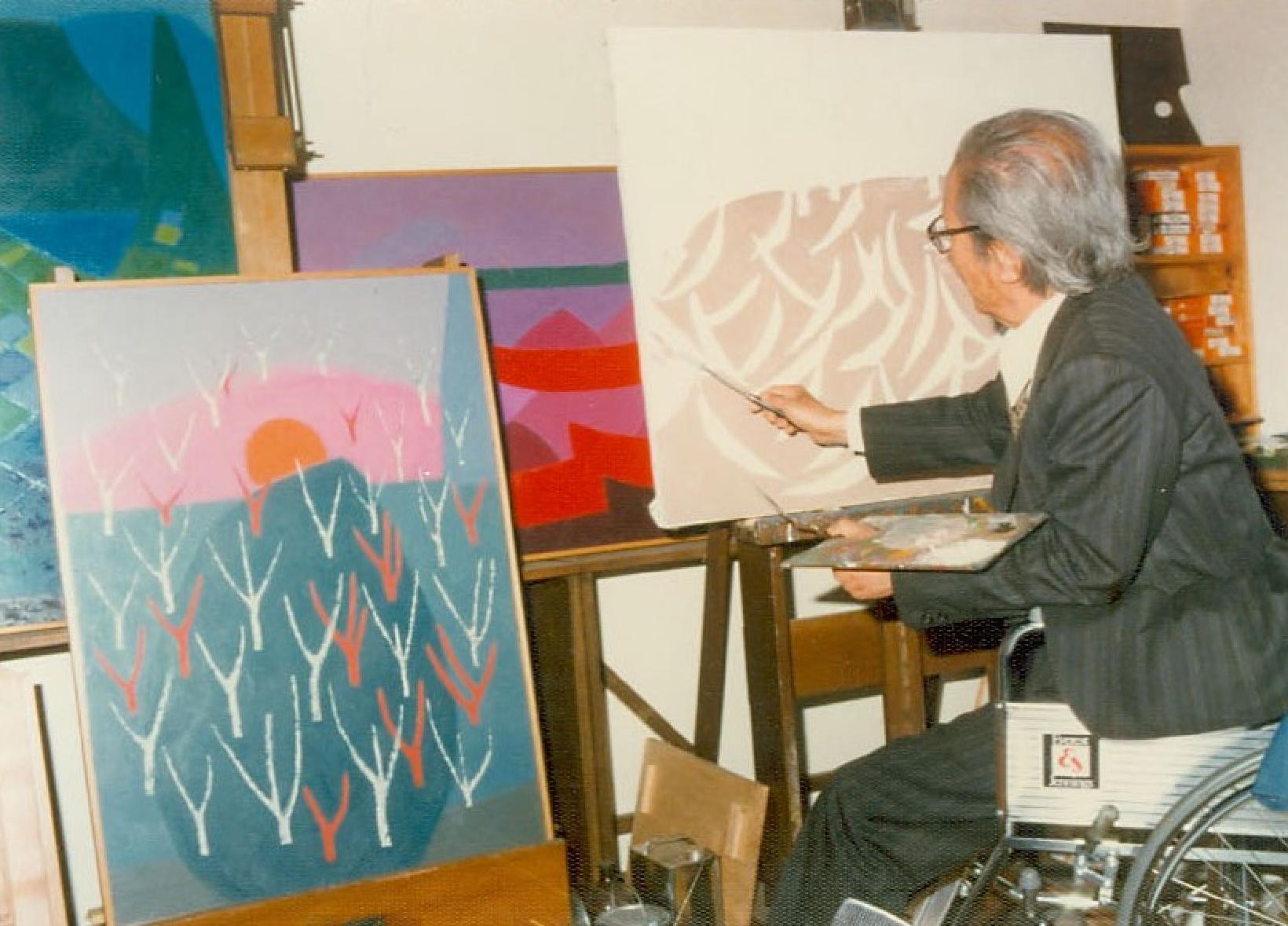
In an interview with the JoongAng Daily titled “Master Artist Yoo Youngkuk, At His Own Retrospective,” Yoo was asked: Why mountains? The artist replied that it was because of his “love for Uljin, the hometown (he) left behind so long ago.” He went on to explain: “Besides, a mountain has everything. The triangle of the peak, the curves of the ridgeline, the planes of distance, the variety of color.”2)
It was at Gallery Hyundai’s solo show of the artist’s work in 1975, that Yoo sold his first painting. The president of the gallery Park Myung-ja remembered the artist himself as a humble man of few words. In the years that followed, Gallery Hyundai held a total of six Yoo Youngkuk solo exhibits, including self titled solo shows in 1980 and 1995, Yoo Youngkuk Art Book Commemorative Exhibition in 1998, the Yoo Youngkuk One-Year Memorial Exhibition in 2003, and the Yoo Youngkuk, Pioneer of Korean Abstract Art: 10-Year Memorial Exhibition in 2012.
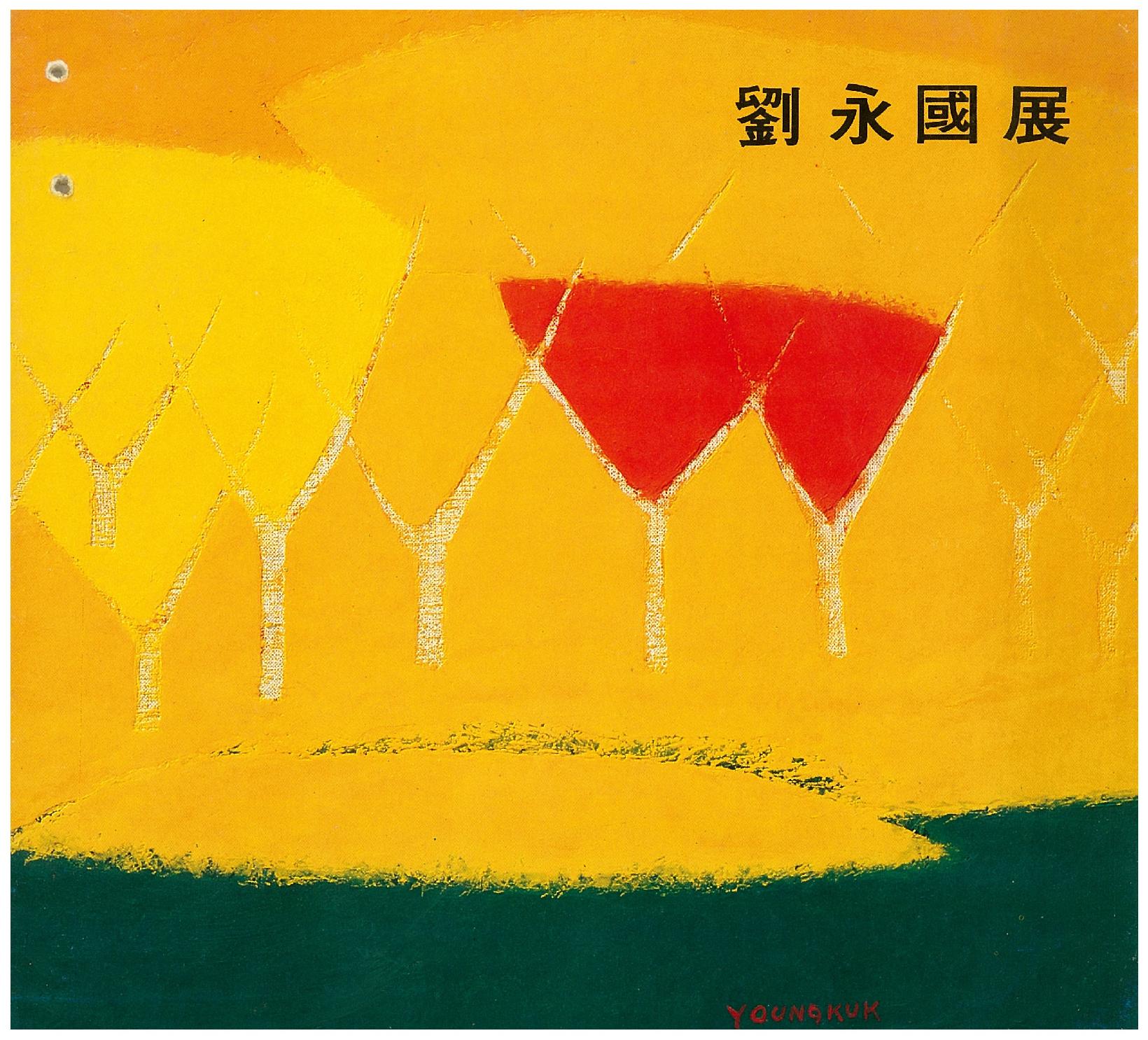
Yoo Youngkuk, pioneer of Korean abstract art. Right up until his passing in 2002, Yoo spent ten hours a day painting in his studio, unfurling the full breadth of his passion toward the “world of abstraction.” Indeed, in Yoo’s Work, exhibited as part of Gallery Hyundai’s 50th Anniversary show, the bold red plane at the center of the canvas seems to be burning, every bit as hot as his creative fervor.
“There can’t be many other examples of an artist so willing to lead with the unfolding process of moving ever further into a world all his own. In this, most of all, we can see Yoo’s dedication to pure abstraction. Indeed, it would not be an overstatement to say that Yoo Youngkuk may be the only artist known to have actually reached a state of self-contentment in that greatest of worlds.”3)
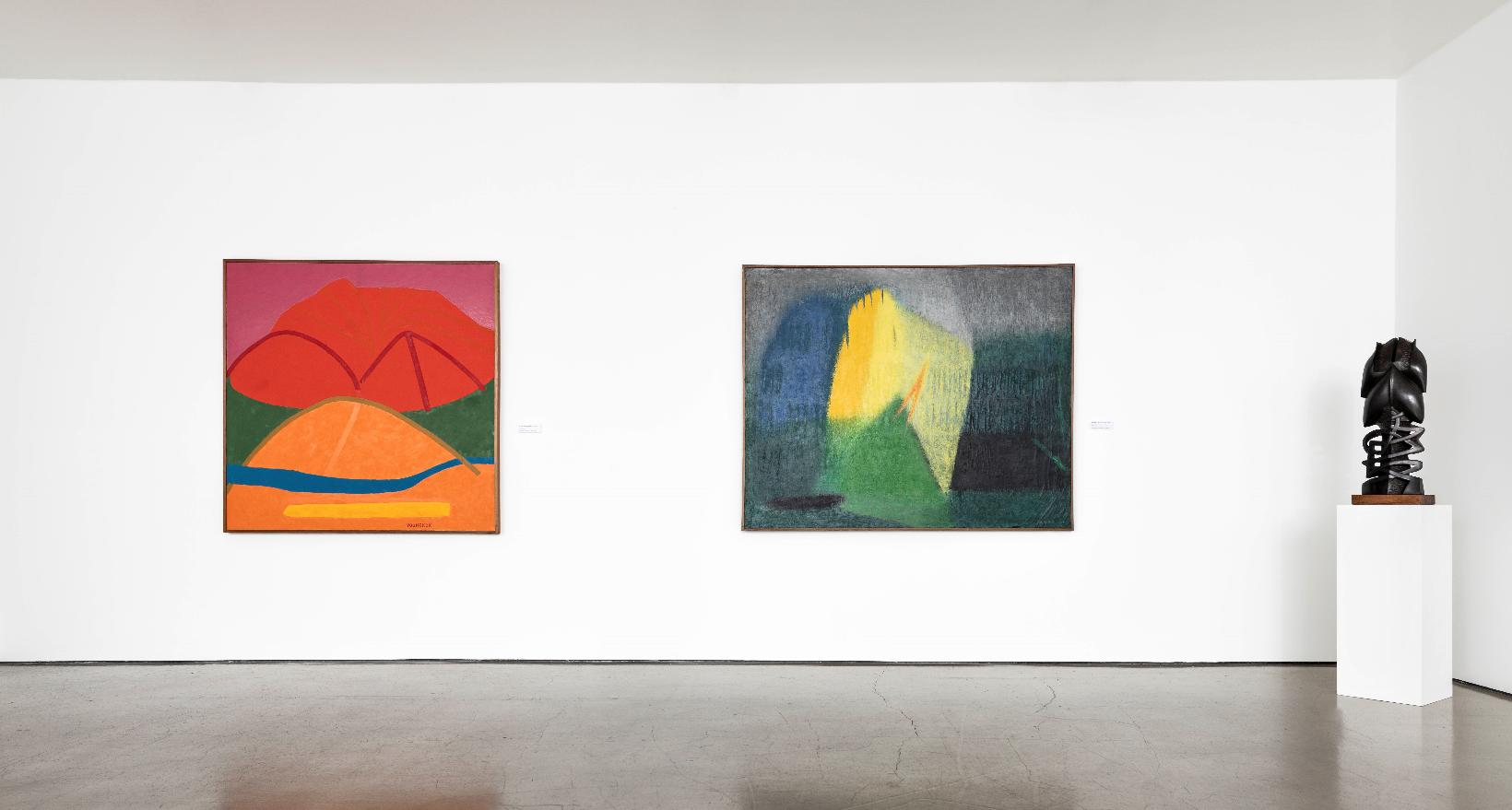
Aeri Song is an artist and exhibition manager at Gallery Hyundai.
1) Yoo Youngkuk, “Master Artist Yoo Youngkuk, At His Own Retrospective,” JoongAng Daily, 1996. 11. 02
2) Yoo Youngkuk, “Twenty Years of Drawing Mountains: Mr. Yoo Youngkuk,” Kyunghyang Shinmun, 1968. 11. 20
3) Oh Gwang-su, “Abstract Forms and Color Compositions: The Creative World of Yoo Youngkuk,” Yoo Youngkuk, Maronie Books, 2003.